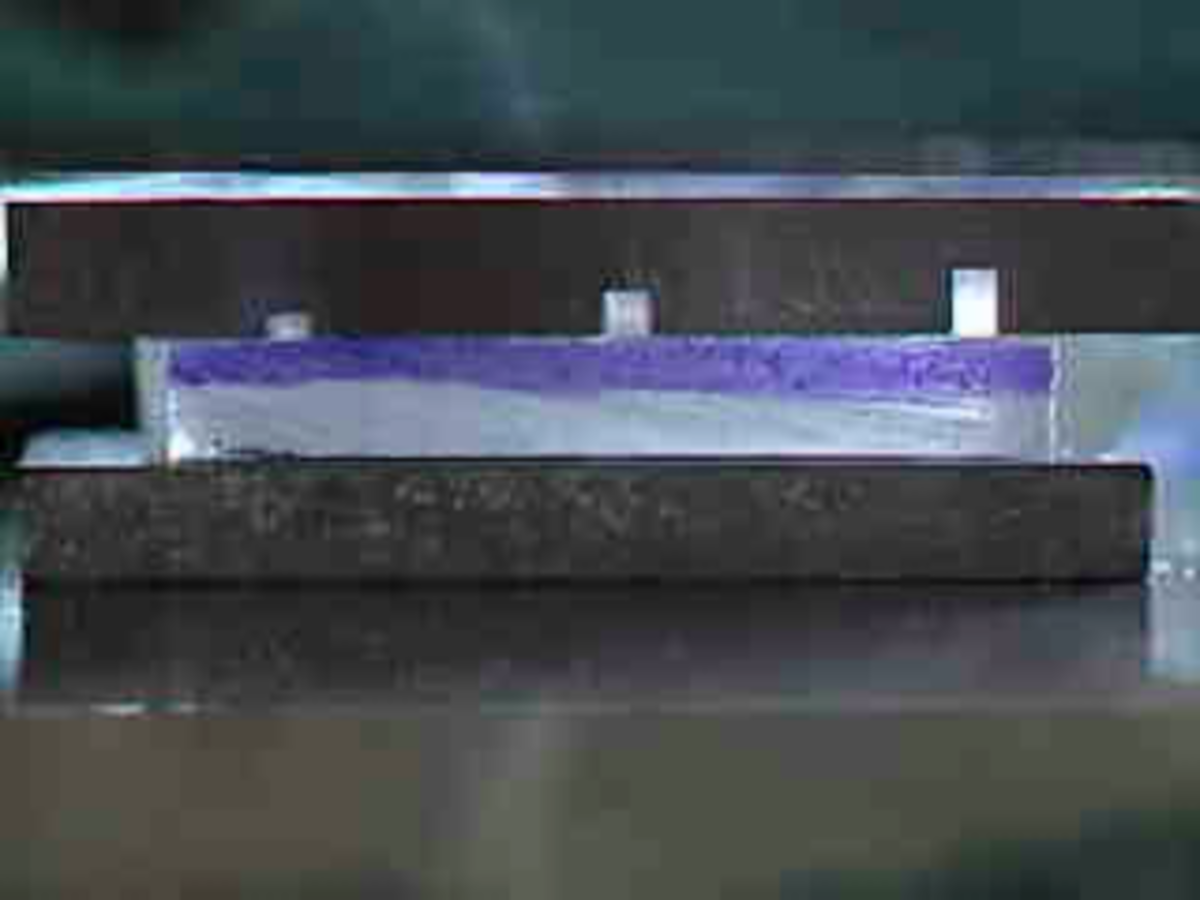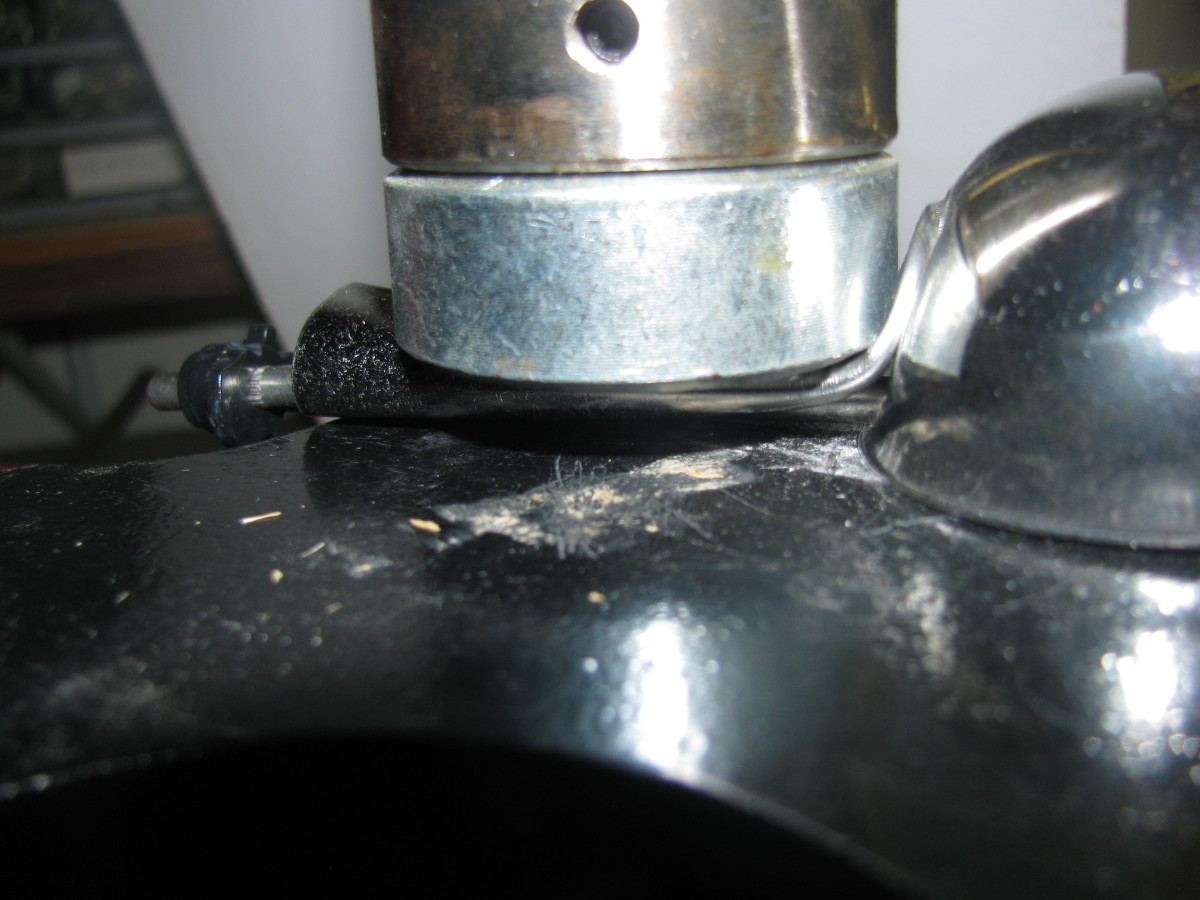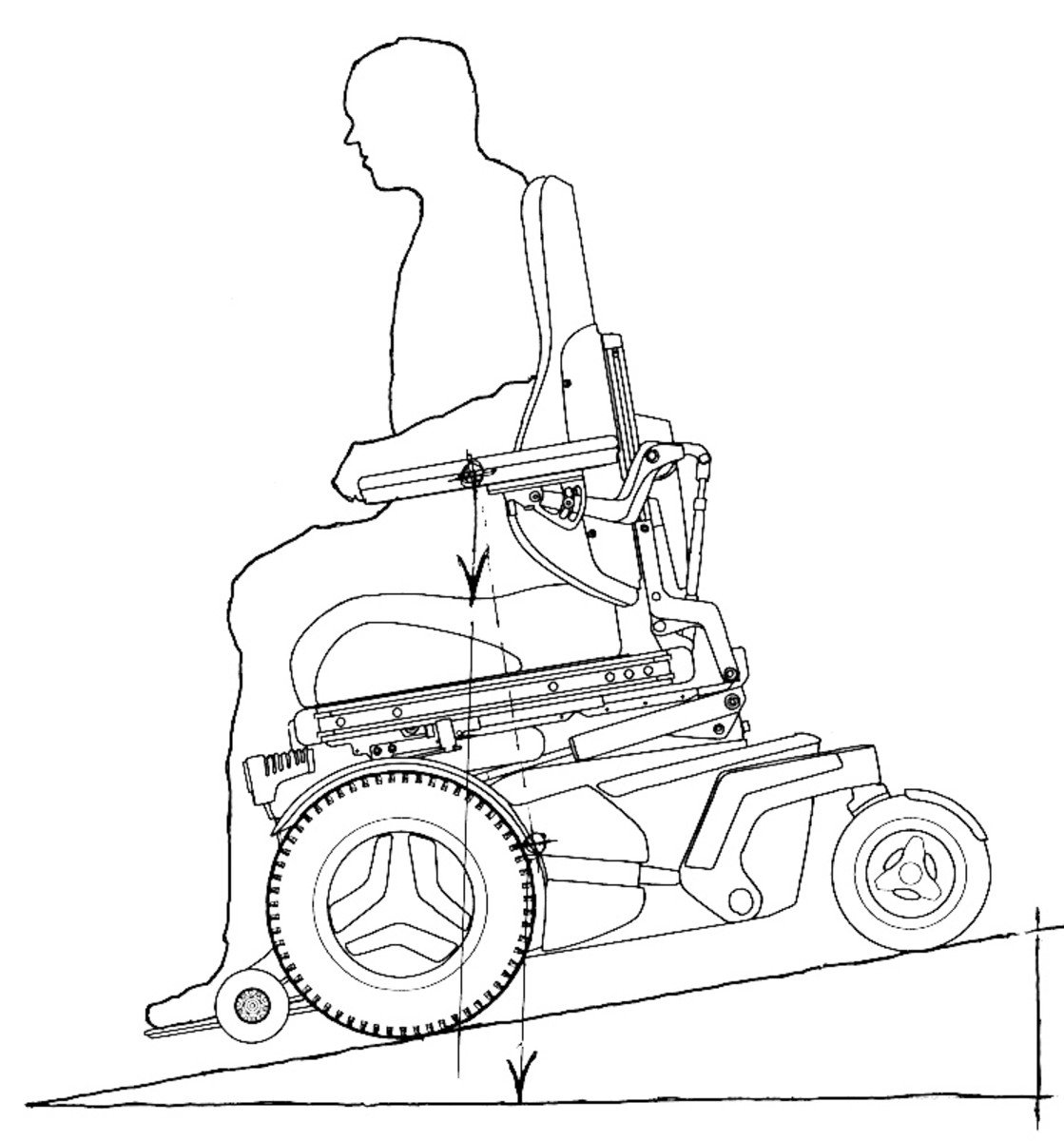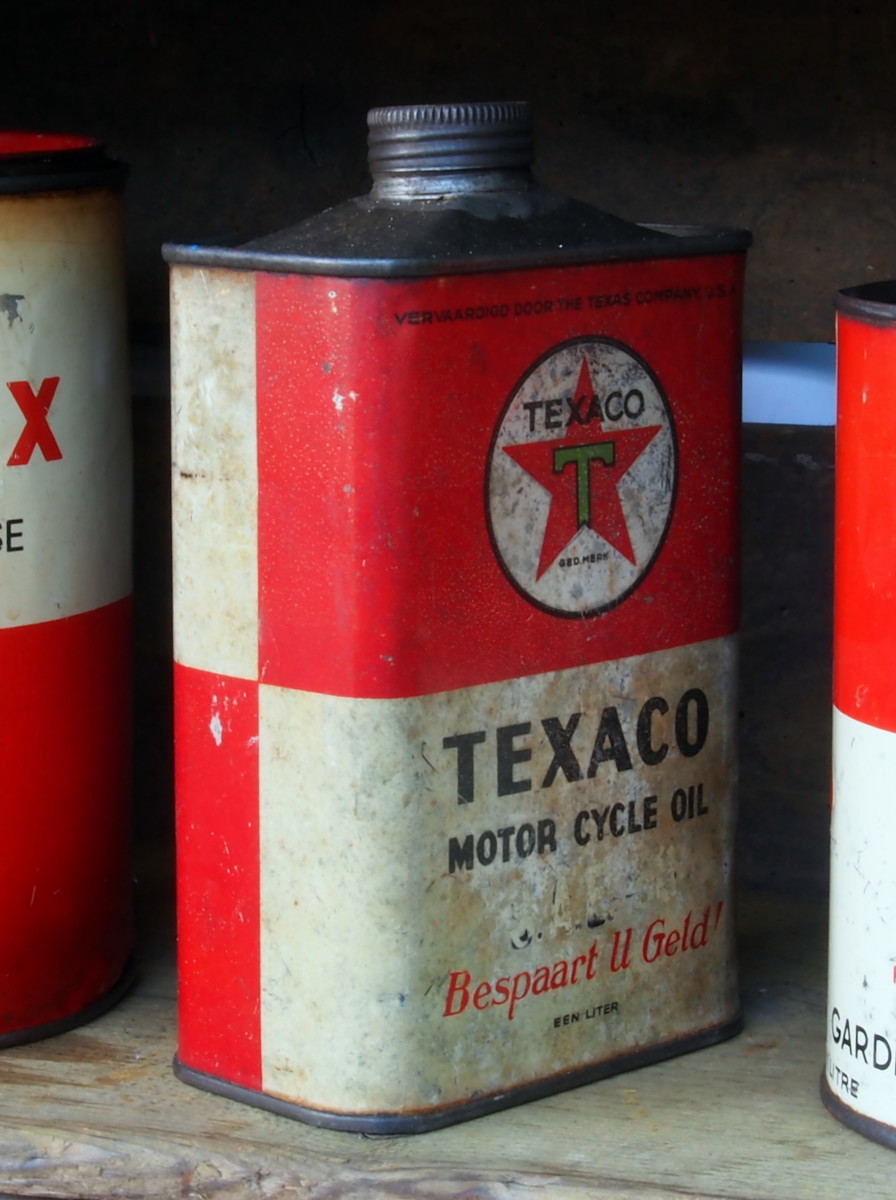Metal Finishing Standards
What Is Metal Finishing?
Metal finishing may improve the appearance of a product or enhance its performance. Metal finishing may prevent corrosion, harden the metal so that it doesn't wear as quickly or improve its electrical properties. Finishing can make the material conductive or improve its solderability, how well it can be soldered. Note that there are many ways metal can be finished. We'll discuss several of the most common.

The Most Common Types of Metal Finishing
Electroplating is when the object is put in an aqueous solution. An electrical current is run through the solution with metal ions, causing them to plate the object. Electro-less plating or uses chemical deposition instead of electricity. Anodizing occurs when the metal is placed in a metal salt or acid bath to create a metal oxide on its surface. Phosphating is used to prepare the metal for subsequent finishing operations like painting.
Passivating occurs when the metal is placed in a nitric acid solution. This prevents later corrosion of the passivated material. Pickling is the process of putting metal pieces into hydrochloric or sulfuric acid to remove any unwanted metal oxide scale prior to later processing, such as cold rolling or painting. Chromating deposits a protective film on the metal piece. Dip galvanized coatings are created by dipping the metal piece in a bath containing zinc compounds. Case hardening is the process of heating and then quickly quenching the item to increase its hardness.
Vibratory finishing uses vibratory equipment, either a rectangular tub or round bowl configuration. Vibratory finishing can clean, de-burr or stress relieve the metal. Cladding uses a combination of heat and pressure to apply a metal coating. Electro-polishing uses anodes to deposit an even film over a rough surface. Vapor deposition causes a layer of coating metal to form on the metal piece. This generally requires high temperatures and an activator.
Annealing occurs when a metal specimen is heated and then held at a temperature for a specified period of time to improve its machinability or make it easier to machine. Brushing is simply the process of using a brush to rub off rust, dirt or loose paint. Abrasive blasting uses high speed particles to remove metal oxide scale or roughen a metal surface. However, abrasive blasting will not remove rust. Salt bath cleaning removes metal scale and oxides from metal.
Industrial Standards for Metal Finishing
ISO 1302 is the ISO standard for Geometrical Product Specifications, a method of indicating surface texture. ISO 8785 is the ISO standard for surface texture terms, definitions and parameters. ASME Y14.36 and ANSI Y14.36M contain the symbols used to indicate surface texture. British Standard BS 1449 gives the symbols for material conditions and surface finishes.
AWS A2.4 gives the standard symbols for welding and brazing. ANSI standard 65 is the standard for processing and finishing aluminum. ASTM B633 is the standard for zinc electro-deposited coatings on iron and steel.
Military Plating Standards
The United States Department of Defense or DOD also created standards for plating metal parts. MIL-C-14538C is the standard for black chrome plating, while black oxide is covered by MIL-C-13924C. A black chemical finish would be done per MIL-F-495E.
Electro-deposited copper plating would be done in accordance with MIL-C-14550B. Gold plating would need to meet MIL-G-45204C. Magnesium anodic plating is defined by MIL-M-45202C. Tin lead plating would meet standard MIL-P-81728AT.
Pure tin plating had to meet MIL-T-10727C. Vacuum deposited cadmium was done in accordance with MIL-C-8837B. Most MIL-SPEC or military standards for plating were replaced by ASTM standards. For example, MIL-T-10727B was replaced by ASTM B545-97.
Standard Industry Classification for Metal Finishing
The Standard Industry Classification or SIC by the U.S. Bureau of the Census assigns unique codes to businesses by the products they make or the services provided. The metal finishing industry is SIC code 34.
The SIC code for metal finishing is further broken down based on a third digit of the SIC code. For example, SIC 346 is for metal forging and stampings. SIC code 347 is assigned to the coating and engraving of metals. SIC 349 is the code given to miscellaneous fabricated metal products that do not fall under other SIC codes.
Safety Standards for Metal Finishing Work
ASTM E1497 describes the standard practices to follow to stay safe while working with metal working fluids. NIOSH standard 1987A and 1987B, respiratory protection rules while working with metalworking fluids.
© 2012 Tamara Wilhite








